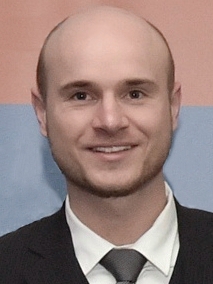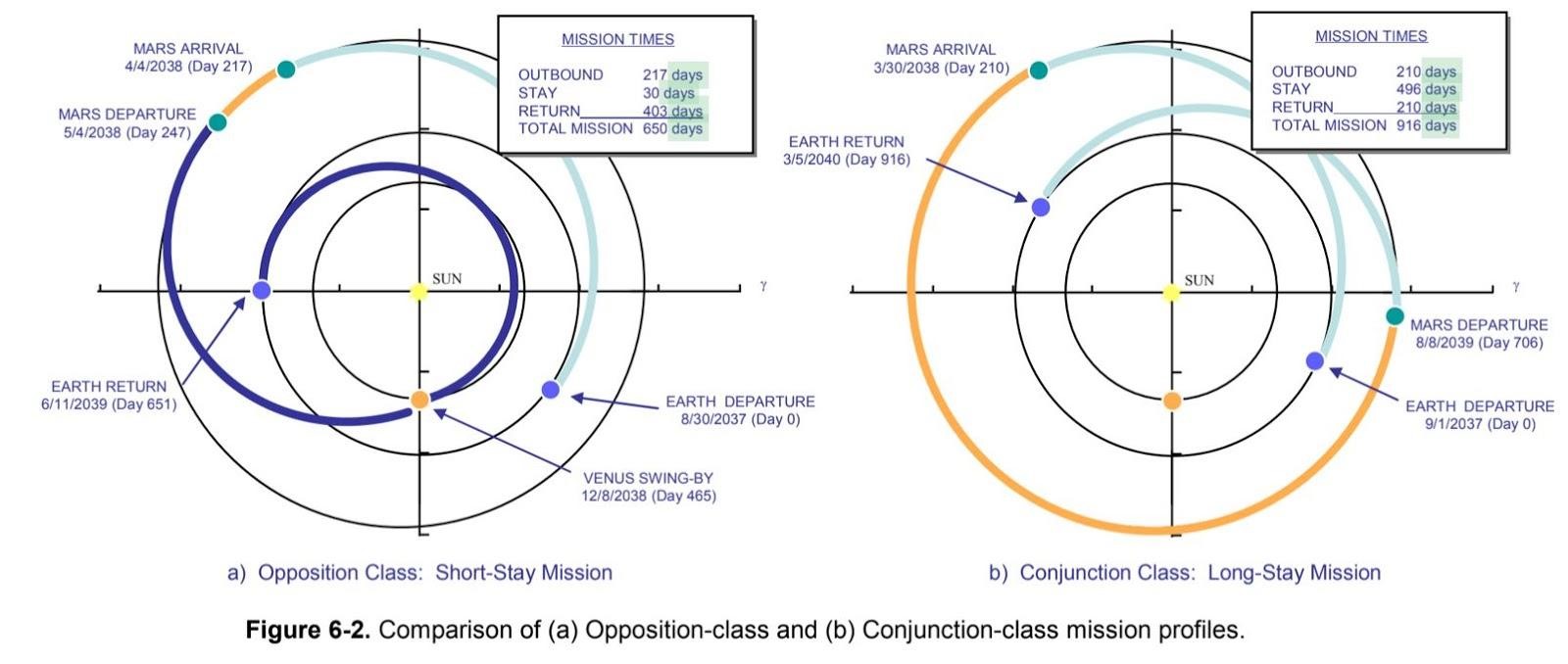
Chair

Associate Chair
Introduction
The participants of the Swarms Team Project will make a SWOT analysis of a highly promising, emerging space system based on the distributed functionalities of swarms. A swarm of collaborating nano-satellites enables a whole new range of applications, such as exploring areas of planets and moons that are out of reach of today’s instruments and advanced telecom functionalities. Swarms also enable the use of spin-in technologies, such as mass production advantages and Commercial Off-The-Shelf (COTS) technology.
Background
Swarm-organized systems found in biology show remarkable benefits over centrally coordinated systems. Examples range from how ants work together to protect their queen, to how a flock of birds create the most breathtaking figures together without collisions. Applying this to a space based system provides a number of advantages. First of all, complexity can be divided over the elements of the swarm and therewith keep every element as simple and robust as possible. A swarm satellite is typically a nano-satellite that does not have the required resources for orbit and attitude control to strictly keep position with respect to other satellites in the swarm so it would not be capable of maintaining position in a constellation or a formation. This disadvantage can be turned into an advantage when the mission is designed such that it is not important where the swarm elements are. As such, the swarm satellites can be produced quite inexpensive and rely on COTS technology that make them suited for mass production. A large number of nano-satellites in a swarm make the swarm extremely robust and omnipresent. The revisit time of a swarm can be near instant. Swarms are very well suited for global earth observation, but can also form large scientific instruments of which the radio telescope OLFAR is the most exciting example. In essence, OLFAR is a large aperture radio telescope that can produce a detailed sky map at yet unseen frequencies that is with current space mission design thinking, beyond present means, both technically and financially. Yet another fascinating application that can be enabled with swarms is to form an Internet Of Things (IOT) backbone in Space. As such, in-situ sensors measuring environmental and/or geolocation parameters all over the world, can transmit their data whilst a swarm of small satellites collects this data and further manages how to deal with it. With the emergence of swarms, a totally new space system with features incomparable to traditional space systems is becoming available and the full use and benefits are still hardly discovered.
Main issues to be addressed:
- What makes a satellite a swarm satellite? What advantage can be made of the fact that in a swarm the number of elements is basically unlimited?
- What resources and systems does a swarm satellite need? How would the cooperation with terrestrial (or planetary) sensor swarms work?
- What are new and emerging applications that swarms can be used for? How can the swarm concept be optimized for scientific goals such as: OLFAR, Planetary exploration and global climate change monitoring, or applications such as active debris removal?
- What are the operational scenarios for swarms?
- How can global data-collection tasks be commercialized with swarms?
- The swarm satellite design needs to be completely based on COTS technology. What is the impact of this on business models in the Space business? Does the current foreseen trend for small satellite launchers lead to a profitable business for swarm based businesses?
- What are the legal issues of swarms of very small satellites, for instance in terms of registration, authorization, responsibility and liability in case of damage? Which state should license these missions; do they pose more or less risk than larger satellites? And to whom? What insurance will be required and available for this kind of missions?
- Where should swarms go? Which orbit? What about disposal after the useful lifetime of the satellites and compliance with national and international debris regulations and guidelines? How does the end-of-life mechanism of an individual satellite work?
Main tasks to be accomplished:
- Investigate the technical potential (performance) of swarms of satellites over centrally coordinated satellites (in a constellation)
- Identify a number of new applications that are enabled by swarms
- Identify the enabling technologies needed for swarms, to reach their full potential
- Investigate the commercial and institutional prospects of the new applications that are identified.
- Investigate the legal aspects of swarms and propose new policies vis a vis orbital debris mitigation

Chair
Today, 55% of the world’s population lives in urban areas with projections showing an upwards trajectory to 68% by 2050. This team project will explore how space-based technologies and applications may help enhance understanding key trends and drivers in urbanization, which is crucial for sustainable development and forming a new framework for planning and living in urban areas.
Raising awareness of the significant potential of satellite-based information and technologies for planning population growth and for building more sustainable cities will be required to track our urban footprint and understand the impact of urbanization.

Co-Chair

Co-Chair
The global information and networking explosion enhances the role of space as an integrator of systems. Telecommunications, remote sensing, positioning and celestial body exploration and exploitation pose new opportunities and challenges. Industrial policies and capabilities must constantly evolve in this environment to provide value of invested funds, satisfy security considerations and add value in potential partnerships and alliances. A mapping of industrial policies and capabilities is a prerequisite for regional space industrial positioning. Comparisons between leading nations like US and France in terms of the methods, tools and objectives of national distribution of competencies and the role of cases like Bas-Rhin would make a useful case for space stakeholders. As such, participants are expected to draw comparisons across regional industrial policies and how these can relate to national, or global value chains. The deliverables are expected to include an interdisciplinary analysis of key national industrial policies and links to regional competencies in Europe (France), US, others and recommendations for future competence development for regions like Alsace. The project should also cover the role of security considerations.

Chair

Associate Chair
Introduction
Today’s human Mars mission concepts involve very high risks to the health of their crews from radiation exposure and long term microgravity effects. These problems might be largely solved by a propulsion system capable of traveling at a constant acceleration of 1g all the way to Mars and back. It is possible that 1g acceleration would reduce the travel time from Earth to Mars to less than one week. It would also reduce the impact of microgravity by simulating an Earth-like onboard gravity experience. This project should explore the feasibility and implications of a 1g propulsion system for a Mars mission. What problems would such a system address and what new ones might it create? What technologies will be required? Are the investments worthwhile? What business opportunities might arise and could they be made profitable? What are the broader implications for our culture and society?
Background
As we consider the next phase of human exploration, it is worth evaluating the potential benefits of more advanced forms of propulsion [1,2]. Within the last decade gains in artificial intelligence, robotics, additive manufacturing, materials engineering and quantum physics may have brought advanced forms of propulsion nearer than we realize. Furthermore, the nascent commercial space sector can provide unprecedented access to Low Earth Orbit, a fertile testing ground for space-based research and development into additive manufacturing, space robotics and in-situ resource utilization.

Two NASA architectures [3] being considered for Mars exploration are illustrated above. The short-stay architecture lasting 650 days would spend 30 days on the surface, while the long-stay mission would last 916 days (2.5 years) with almost 500 days on the surface. Both these architectures consider transits between Earth and Mars based on the use of chemical propellants and lasting 7-13 months.
From a design standpoint, a spacecraft capable of continuous 1g acceleration could be the ideal form of transport for humans through the solar system. Simple relativistic calculations show that at least from an energy point of view, this is could be possible.
Objectives
For this team project you are asked to review propulsion technologies beyond traditional chemical propulsion and propose your best solution for a 1g propulsion system to travel to Mars and beyond. Your analysis should rely on our present-day understanding of available technologies, reasonable projections for how these technologies will advance and our present-day scientific understanding of the universe.
Brainstorm and define propulsion from a systems point of view. What elements of your proposed system would be available and technically mature enough at this time? Which would be critical and require significant developmental efforts. Create a research and development roadmap towards the production of such a system. What are the likely risks, and benefits (both direct and indirect). Thinking about this propulsion system as your future product, how would you fund its development and build a first prototype? Try to identify who might be your early stage customers, investors and partners.
Try to forecast how a 1g propulsion system would affect our ability to establish a permanent human presence on Mars, and enable further exploration and development of the solar system. What are the implications for human culture and society, for international policy and for economic growth if Mars is brought within reach?
Tasks
- Review available literature and seek out ISU Faculty and Lecturers to research advanced propulsion concepts.
- Brainstorm what types of technologies would be feasible for 1g propulsion and choose the best one.
- Define your system and design its development roadmap.
- Consider the impact of a 1g Earth Mars propulsion system on the 7-core ISU departmental disciplines.
- Based on your analysis, if a 1g propulsion system is desirable, how might you convince decision makers to take the next steps towards its inception.
Suggested References
[1] Frisbee,Robert H., "Advanced Space Propulsion for the 21st Century", Journal of Propulsion and Power, Vol. 19, No. 6 (2003).
[2] Houtes, M., et al, “NASA’s Nuclear Thermal Propulsion NTP Project”. Presentation by NASA Marshall Space Flight Center (2018). https://ntrs.nasa.gov/archive/nasa/casi.ntrs.nasa.gov/20180006514.pdf
[3] Drake, Bret G., editor, “Human Exploration of Mars Design Reference Architecture 5.0,” NASA-SP-2009566, July 2009.
[4] Harry Stine, G. “The Third Industrial Revolution’ (1979).
